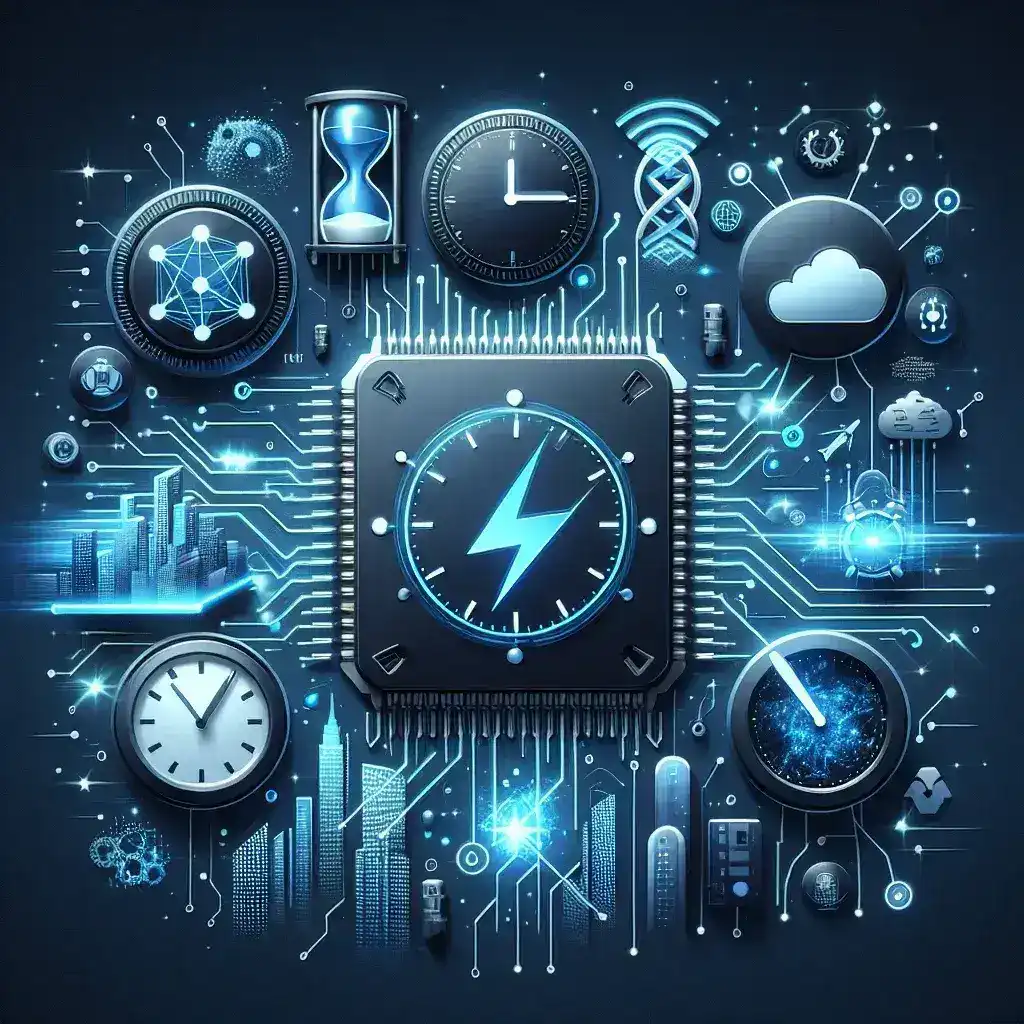Introduction to Edge Computing
In a world increasingly driven by data, the need for speed and efficiency has transformed the way organizations process and utilize information. Edge computing has emerged as a significant innovation, enabling data to be processed closer to its source. This revolutionary approach drastically reduces latency, enhances performance, and optimizes data management. In this article, we will explore the nuances of edge computing, its benefits, applications, and the future it holds.
Understanding Edge Computing
Edge computing is a distributed computing paradigm that brings computation and data storage closer to the location where it is needed. This allows for faster processing and reduces the necessity for data to travel long distances to centralized data centers. The ‘edge’ refers to the devices or nodes where the data originates, such as IoT devices, sensors, and mobile devices.
The Importance of Edge Computing
As the volume of data generated continues to skyrocket, conventional cloud computing solutions face challenges regarding bandwidth, latency, and processing speed. Edge computing addresses these issues by:
- Reducing Latency: By processing data on-site or near the source of generation, edge computing minimizes delays, making real-time data access possible.
- Boosting Efficiency: Localized computing reduces the load on bandwidth, making communication between devices faster and more efficient.
- Enhancing Security: Keeping data processing closer to its source can minimize exposure to cybersecurity risks associated with data transmission over long distances.
- Improving Reliability: Local data processing can enhance system reliability, especially in scenarios where connectivity may be intermittent.
Benefits of Edge Computing
1. Speed and Performance
The primary advantage of edge computing is its ability to expedite data processing. With data processed nearby, response times are drastically improved, which is particularly essential for applications that require immediate action, such as autonomous vehicles or industrial automation.
2. Enhanced User Experiences
In consumer-facing applications, low latency can lead to better user experiences. Streaming services, gaming platforms, and AR/VR applications benefit significantly from edge solutions, delivering content quickly without buffering delays.
3. Cost Efficiency
By reducing the amount of data sent back and forth to the central cloud, organizations can save on bandwidth costs. Edge computing allows businesses to manage data more efficiently, leading to cost savings.
4. Scalability
As businesses grow, so does the data they generate. Edge computing solutions can scale easily, accommodating growing data loads without requiring major changes to existing infrastructure.
5. Improved Data Processing Capabilities
Edge computing allows for advanced data analytics to be performed closer to the source, enabling businesses to derive insights in real-time and enhance decision-making processes.
Applications of Edge Computing
1. Internet of Things (IoT)
IoT devices generate massive amounts of data, and edge computing is critical for processing this data effectively. For instance, smart cities implement edge computing to manage traffic, energy consumption, and public safety by analyzing data from multiple sensors and cameras in real time.
2. Healthcare
In healthcare, edge computing facilitates the processing of data from medical devices, ensuring faster responses in critical situations. Wearable health monitors can analyze data on-device, alerting healthcare providers immediately if urgent issues arise.
3. Retail
Retailers utilize edge computing for inventory management, customer behavior analysis, and personalized marketing. With real-time data processing, retailers can enhance the shopping experience and operational efficiency.
4. Manufacturing
In manufacturing, edge computing plays a vital role in predictive maintenance, quality control, and automation. Machines can communicate with each other and make real-time adjustments, increasing productivity and reducing downtime.
The Future of Edge Computing
As technology continues to evolve, edge computing will become even more integrated into various industries. The proliferation of 5G networks will further enhance edge computing capabilities, allowing for faster data transmission and more robust applications.
1. Integration with AI and Machine Learning
Combining edge computing with AI and machine learning can lead to advanced predictive analytics and automation solutions. This synergy will enable organizations to make data-driven decisions in real-time.
2. Greater Security Measures
As edge computing becomes more widespread, securing edge devices will become paramount. Robust security protocols must be established to prevent vulnerabilities associated with decentralized data processing.
3. Regulatory Considerations
With increased data collection at the edge, regulatory frameworks will need to adapt to ensure data privacy and compliance. Organizations must navigate these regulations to leverage edge computing effectively.
Conclusion
Edge computing is revolutionizing the way data is processed and utilized across various industries. By bringing computation closer to data sources, it speeds up data processing, reduces latency, and offers numerous advantages, including cost savings and enhanced user experiences. As we move forward, the integration of edge computing with technologies like AI, IoT, and 5G will shape a future where data is not only more accessible but also more actionable. Organizations adopting edge computing will be better positioned to thrive in an increasingly data-driven world.

